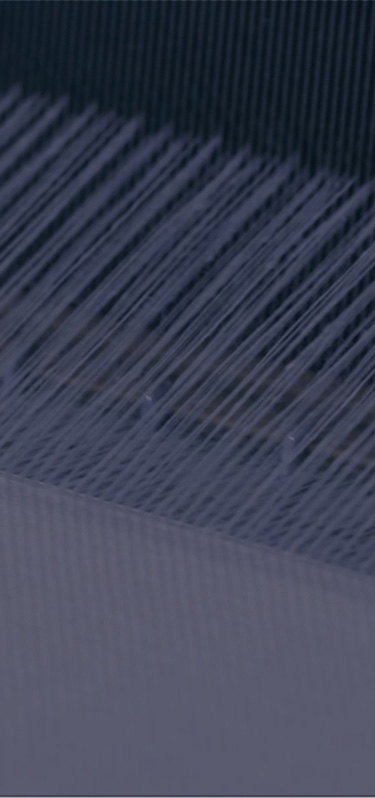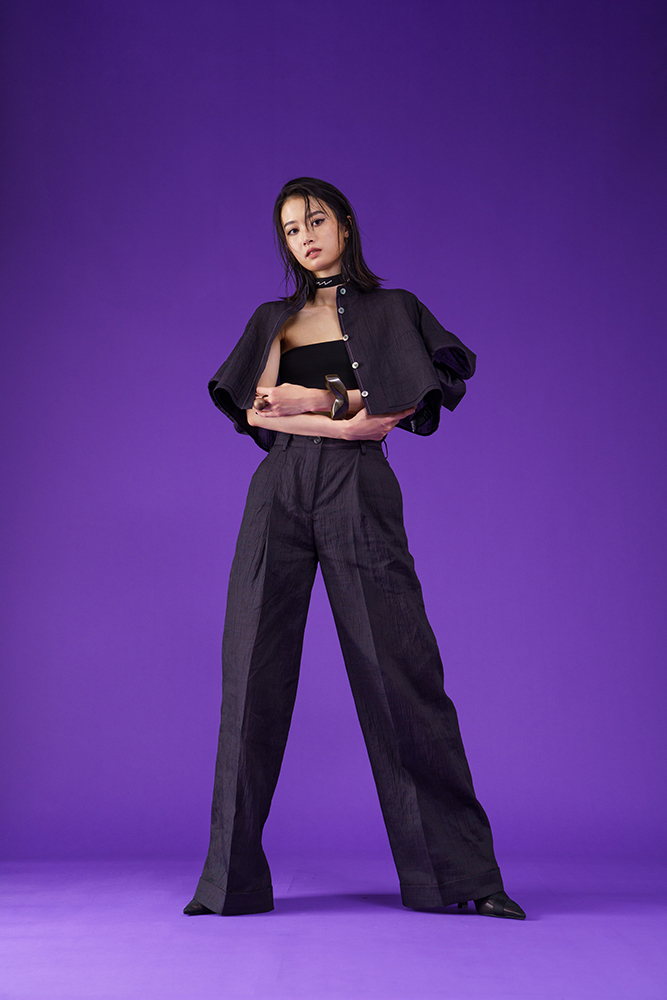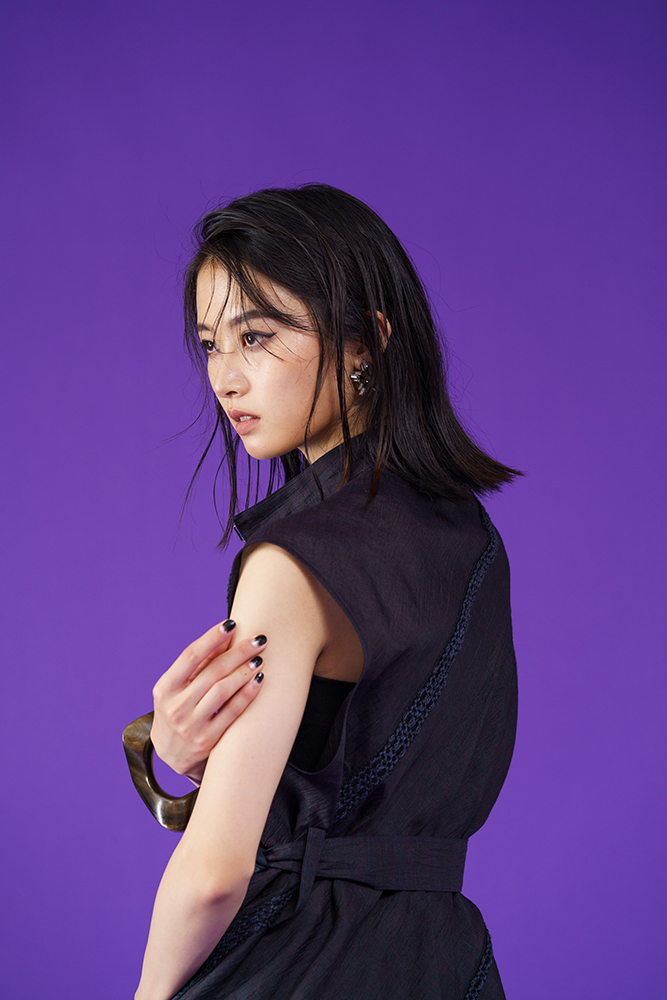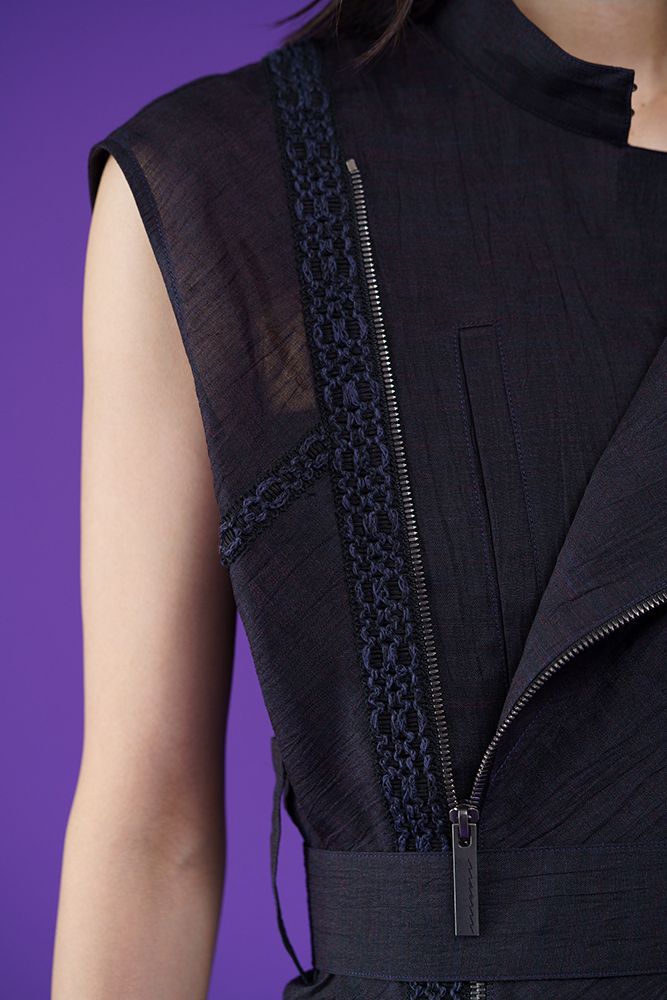OHMI CHIJIMI
SHIGA PREF.
Traditional Artisanship Meets New Technology: The Hemp Crafted by Beautiful Waters
Since the Muromachi period, the Higashi-Omi region of Shiga Prefecture has been producing hemp textiles such as Omi Jofu, flourishing as one of Japan's leading production areas, especially during the Edo period under the patronage of the Hikone domain, even serving as tributes to the Shogunate.
The key to finishing the hemp textiles woven in the fertile climate of the Omi Basin is the 'chijimi processing'.
Omi Chijimi is uniquely finished by artisans who knead the fabric, creating its distinctive textured 'shibo' ridges,
which contribute to Omi Chijimi’s refreshing feel.

Omi Hemp
racing back the origins of the environmentally friendly and natural "Omi Hemp",
records show that hemp fabric was woven in the Higashi-Omi area of Shiga Prefecture during the Muromachi period.
The area, enriched by the moist air from Lake Biwa, developed into a prominent textile production center thanks to its humid climate
Weaving
While Omi Jofu is a nationally designated traditional craft, its handmade nature makes it expensive. In contrast,
"Omi Hemp" incorporates modern mechanical weaving, preserving tradition while introducing new technology and high design, emerging as a regional brand.
The materials used in "Omi Hemp" include the traditional Japanese Ramie and the European-origin Linen,
introduced in the mid-Meiji period, known for their high absorbency, quick-drying properties, and soft touch, making them versatile in modern applications.
Singeing
The surface of the hemp fabric is treated with singeing to reduce fuzz.
Singeing helps to refine the texture of the fabric's surface.
Creating Wrinkles
The 'kneading' process softens the fabric, resulting in an outstanding touch. The yarn is twisted and woven,
and then wrinkles are created on its surface by kneading it on a ridged base.
Utilizing hemp's natural tendency to wrinkle, a weakness turned into a feature, the art of kneading the fabric is a testament to the wisdom of predecessors.
Subsequently, starch is applied, and a unique crisp texture is achieved.
The ridges of the shibo reduce skin contact, enhancing breathability and providing a material with a refreshing feel.





















